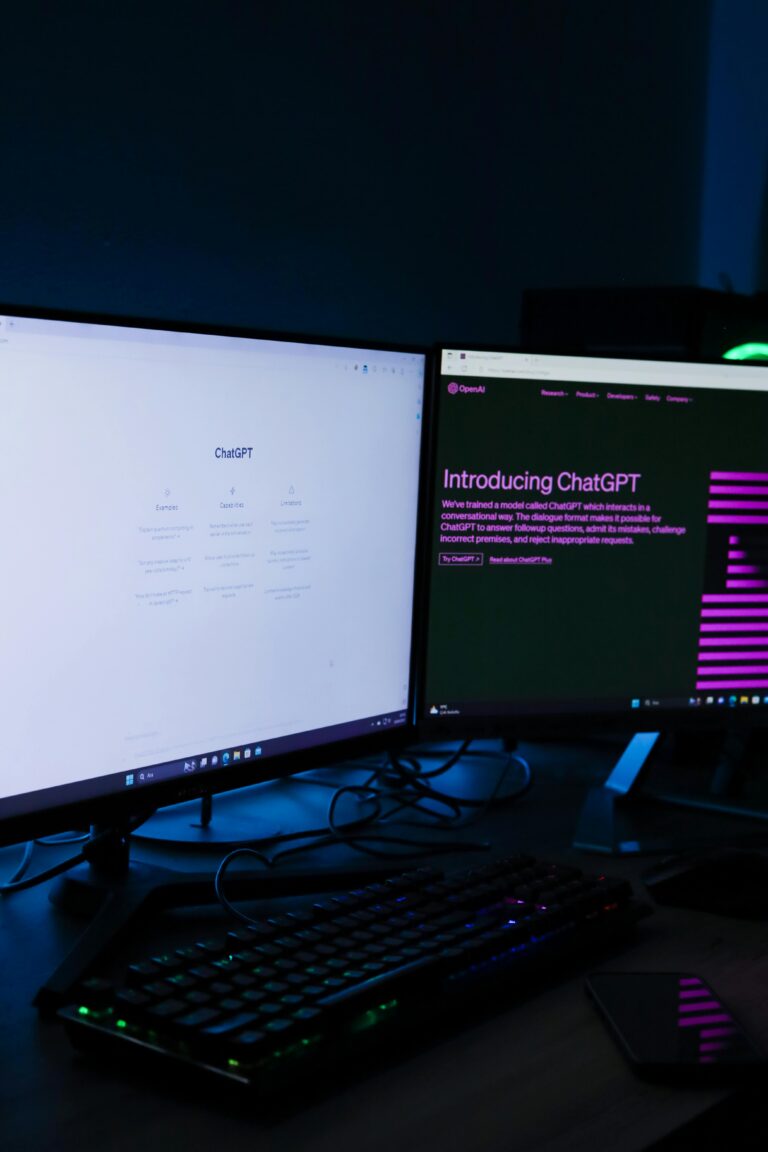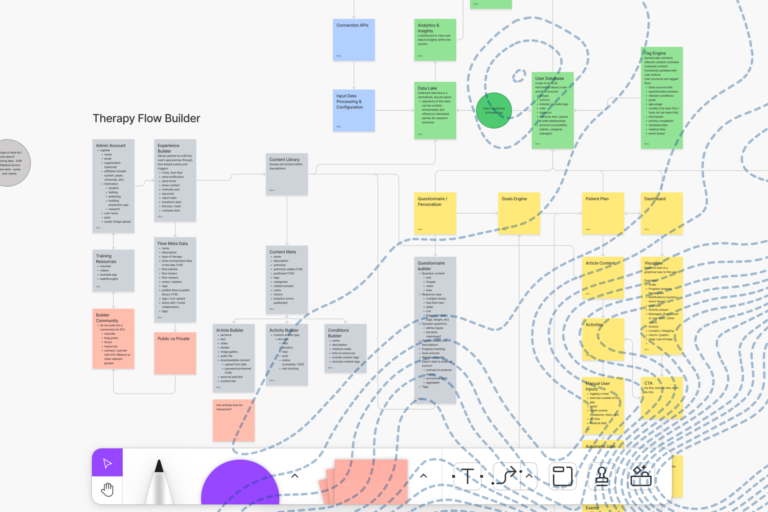In early October, the Arcweb team attended the 2019 Epic App Orchard conference in Verona, Wisconsin. Just as it had in our previous two years of attending the conference, the event covered a wealth of information about the healthcare IT ecosystem and the app program as a whole.
Significantly, the event was also attended by a variety of top technology and healthcare organizations, giving attendees a glimpse at the ways different parts of the healthcare ecosystem are leveraging modern EHR systems and patient data – from the rise of SMART on FHIR to the widespread adoption of HL7.
Here are our four big takeaways from the 2019 App Orchard conference.
App Orchard is becoming a mature ecosystem
Back when the program kicked off in 2017, it was hard to tell exactly what the intent of the program was.

While it still lacks the technical functionality of a real app store (for instance, it does not actually include a mechanism to install new modules within an EHR implementation – installs much be done “manually” by both parties), it’s become more like a traditional app storefront with each revision, including a more intensive review and approval process for apps, as well as user ratings, stats about the number and type of installations, and marketing functionality like embedded videos on each app’s page.
Health systems see App Orchard as a legitimate way to approach EHR integration
Health system adoption was another big confirmation of the growth of the program in 2019.

Several health systems, including HealthPartners and Duke Health, delivered featured presentations detailing their own app development and deployments, and many more were in attendance. There was also a general sense from clinical attendees that the program had real promise, along with a sense that while there was still work to be done, it is becoming a real pathway for providers to extend the capabilities of their EHR implementations.
One final note about the role of app programs in the larger world of EHR integration. Many of the apps on display were closer to connectors than they are standalone products – in other words, lightweight integrations that give some other piece of software a pathway into the EHR ecosystem, rather than a product that can be deployed in their own right. (Which makes sense, from a product POV – after all, this is just one EHR, albeit a very widely used one.)
SMART on FHIR is looking like the future
One of the most valuable aspects of developer conferences is getting a glimpse at the technologies other participants are excited about. And this year, the biggest focus of conversation was SMART on FHIR.
SMART on FHIR (short for Substitutable Medical Applications, Reusable Technologies on Fast Healthcare Interoperability Resources) is an open, standards-based method of integrating medical apps with EMR systems.
While many current apps require custom deployments, SMART on FHIR apps are significantly easier to add to an EHR workflow without needing to significantly modify the native code. Instead, SMART on FHIR apps are launched much like a web app, running within and integrating with the EHR’s workflow without actually residing within it.

While ClinicalPath had previously been a separate application on clinicians’ computers (literally requiring them to tab out of the EHR and manually re-enter information), the new SMART on FHIR implementation not only let the EHR workflow automatically launch ClinicalPath at appropriate times but also pre-populate input values by securely passing patient data directly to the app.
Struggling with Epic integration?
Looking to the future of EHR app stores
Since 2017, the challenges the app program was created to address – interoperability, portability, and better sharing of innovation – have only become more critical to the success of the modern healthcare world. The program has grown in parallel to this increased need, with more providers and more vendors jumping onboard each month.
As the App Orchard program continues to evolve, we’re going to be keeping an out for signs of its ongoing maturity and adoption. Will it keep pace with innovation? Will it be up to the challenges of complying with the new ONC / CMS interoperability guidelines? And most importantly will it continue to grow in both membership and adoption?
It’s too soon to say, but the answers to those questions will determine whether EHR app store programs become a temporary stopgap in the face of interoperability challenges, or a lasting part of the healthcare ecosystem.
Want more healthcare innovation news? Make sure to subscribe to HealthWire and follow us on Twitter.
Note: Epic and App Orchard are trademarks of Epic Systems Corporation.



